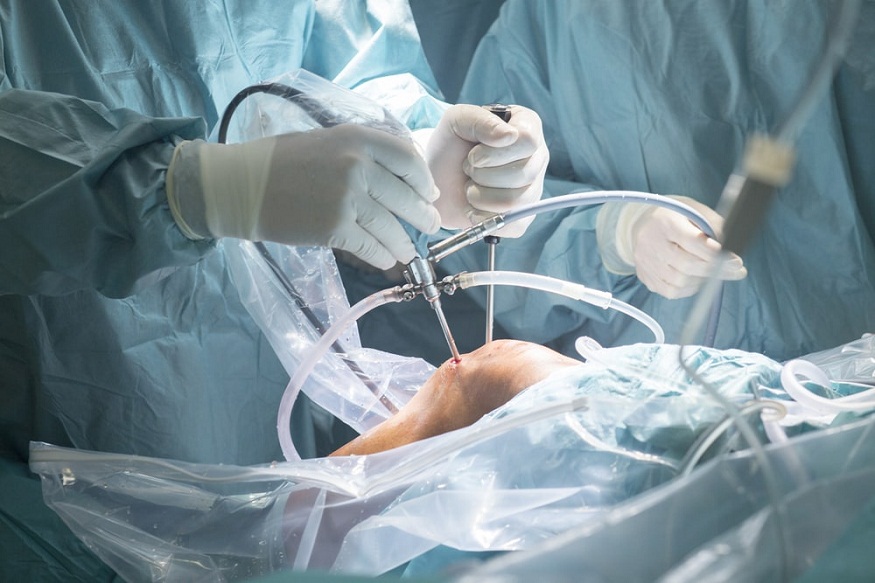ACL injuries can be life-changing. They often demand precise and effective treatment. Orthopedic surgeons are redefining how we approach these injuries. They focus on innovative techniques and tailored care. From surgery to rehabilitation, each step is crucial. The goal is to ensure lasting recovery and prevent future issues. An independent medical evaluation in Pittsburgh, PA can help guide the process. Surgeons work to restore stability and function. This new approach to ACL treatment promises better outcomes for everyone involved.
Understanding ACL Injuries
The anterior cruciate ligament (ACL) is a key ligament in the knee. It connects the thigh bone to the shinbone and helps stabilize the knee joint. When this ligament tears, it can lead to pain and instability. Activities such as sudden stops and changes in direction, common in sports like soccer and basketball, often cause these injuries.
Innovative Surgical Techniques
Orthopedic surgeons now use advanced methods to repair ACL tears. These techniques aim to minimize recovery time and improve long-term results. A popular method is arthroscopic surgery. This involves small incisions and a camera to guide the procedure, leading to less tissue damage and faster healing.
Another innovative approach is the use of biological grafts. These grafts come from the patient’s own body or a donor. They replace the damaged ACL, promoting natural tissue growth and integration. This technique lowers the risk of rejection and complications.
Personalized Rehabilitation Plans
Rehabilitation is a vital part of ACL recovery. Orthopedic surgeons work closely with physical therapists to design personalized plans. These plans focus on restoring strength, flexibility, and function. A successful rehab program reduces the risk of re-injury and speeds up the return to normal activities.
| Rehabilitation Focus | Goal |
| Strength Training | Build muscle around the knee for support |
| Flexibility Exercises | Enhance range of motion |
| Balance Training | Improve stability and coordination |
Preventing Future Injuries
Prevention is as important as treatment. Surgeons educate patients on injury prevention techniques. These include proper training routines and the use of supportive gear. Understanding body mechanics and the importance of warm-ups can also help reduce the risk of future injuries.
The Role of Technology in Treatment
Technology plays a significant role in redefining ACL treatment. Surgeons employ imaging techniques like MRI and CT scans to assess injuries accurately. Robotics and computer navigation enhance surgical precision. This ensures optimal placement of grafts and reduces human error.
Technology also aids in rehabilitation. Wearable devices track progress and provide real-time feedback. This data helps adjust rehab plans for each stage of recovery. Patients stay motivated and engaged, contributing to successful outcomes. The National Institute of Arthritis and Musculoskeletal and Skin Diseases provides additional resources on knee problems and advancements in technology.
Future Outlook on ACL Treatments
The future of ACL treatments looks promising. Research continues to explore new materials for grafts and less invasive surgical methods. Surgeons are also studying the genetic factors that might influence recovery. These advancements aim to enhance patient care and outcomes further.
In summary, the treatment of ACL injuries is undergoing a significant transformation. Orthopedic surgeons are at the forefront, using innovative techniques and personalized care. The focus on rehabilitation and prevention is crucial. Together, these efforts lead to better recovery and a reduced risk of re-injury.
For those facing an ACL injury, understanding these options is essential. An informed treatment decision can make a significant difference in recovery. Consulting with skilled surgeons and relying on comprehensive evaluations provides the guidance needed for successful healing.




